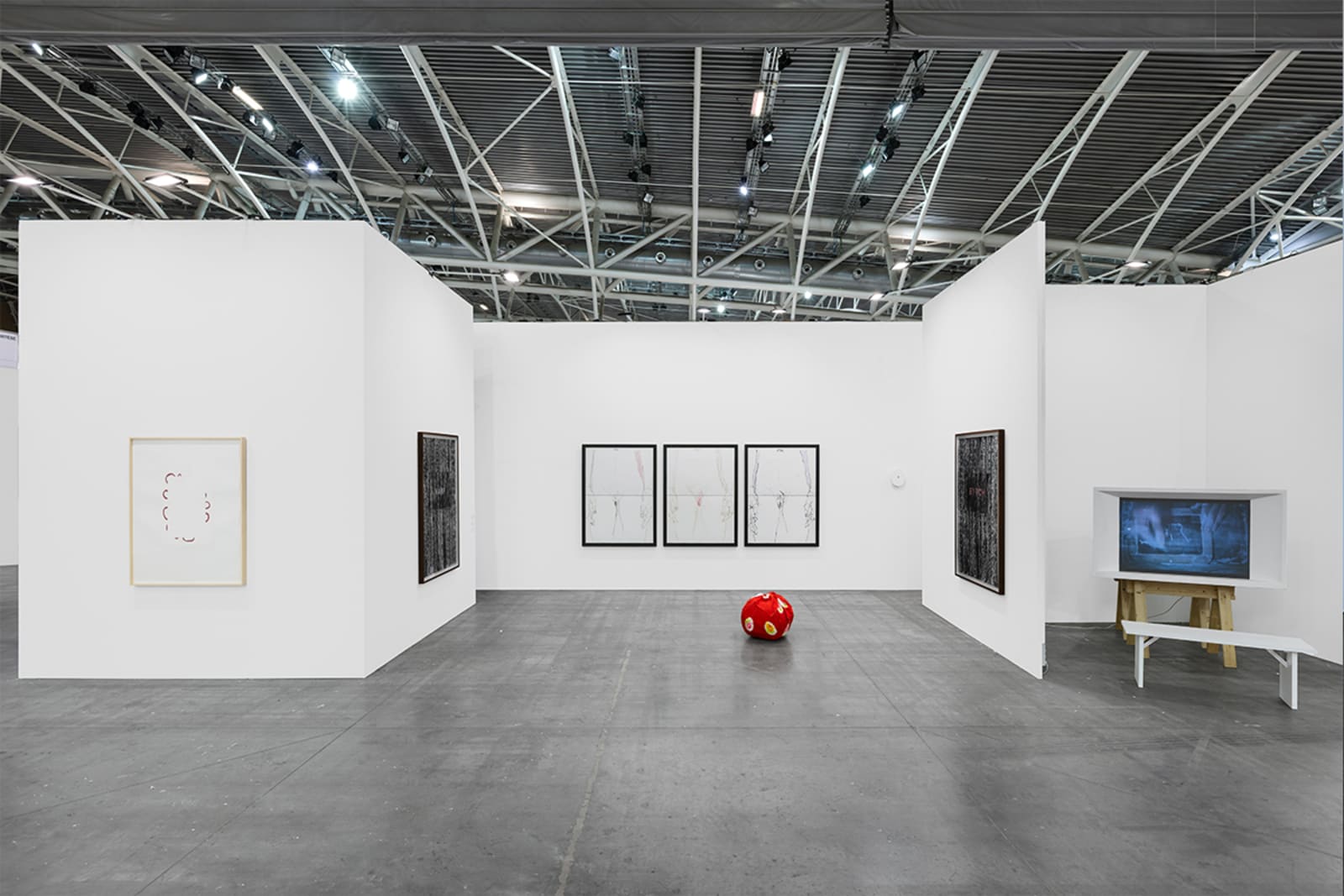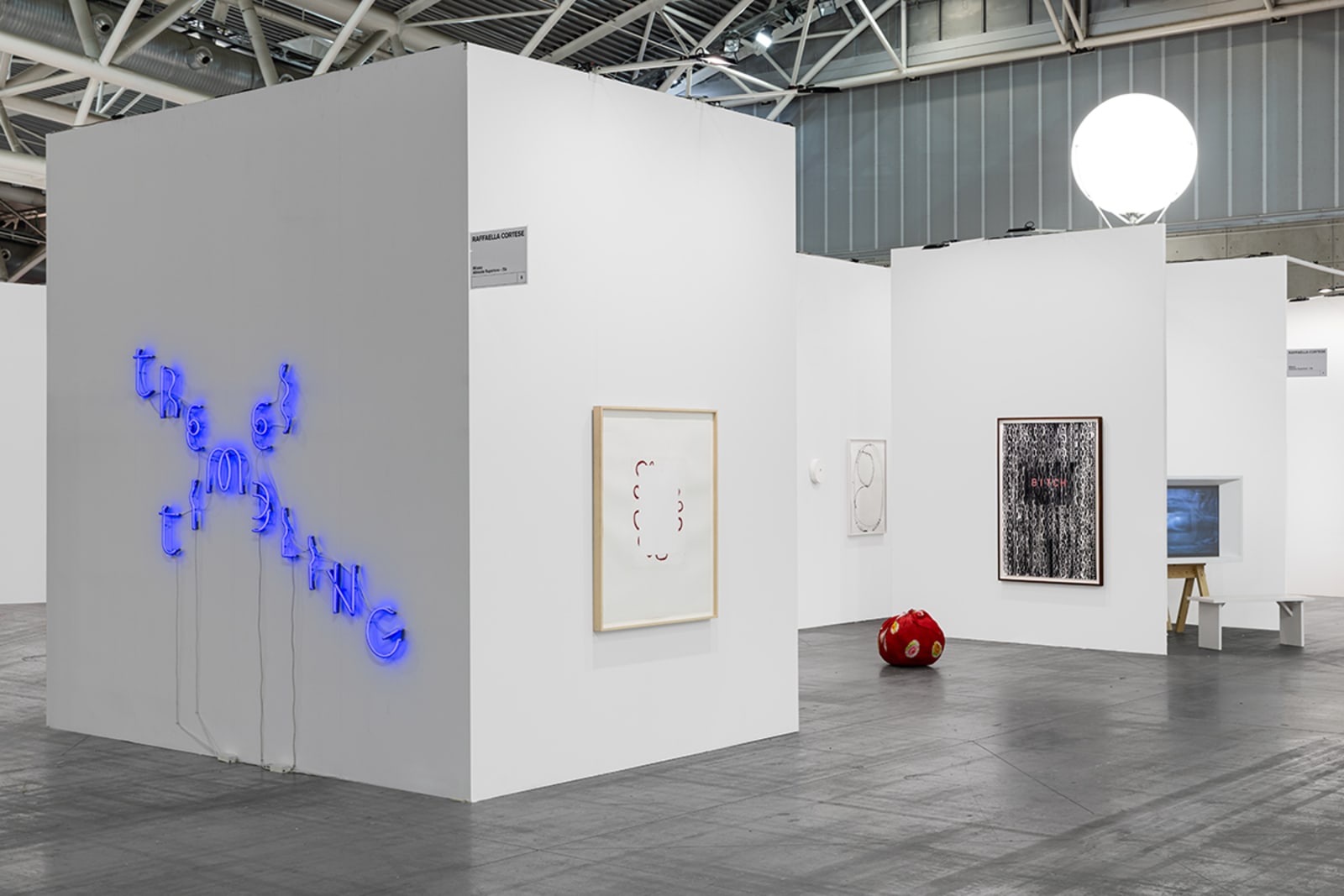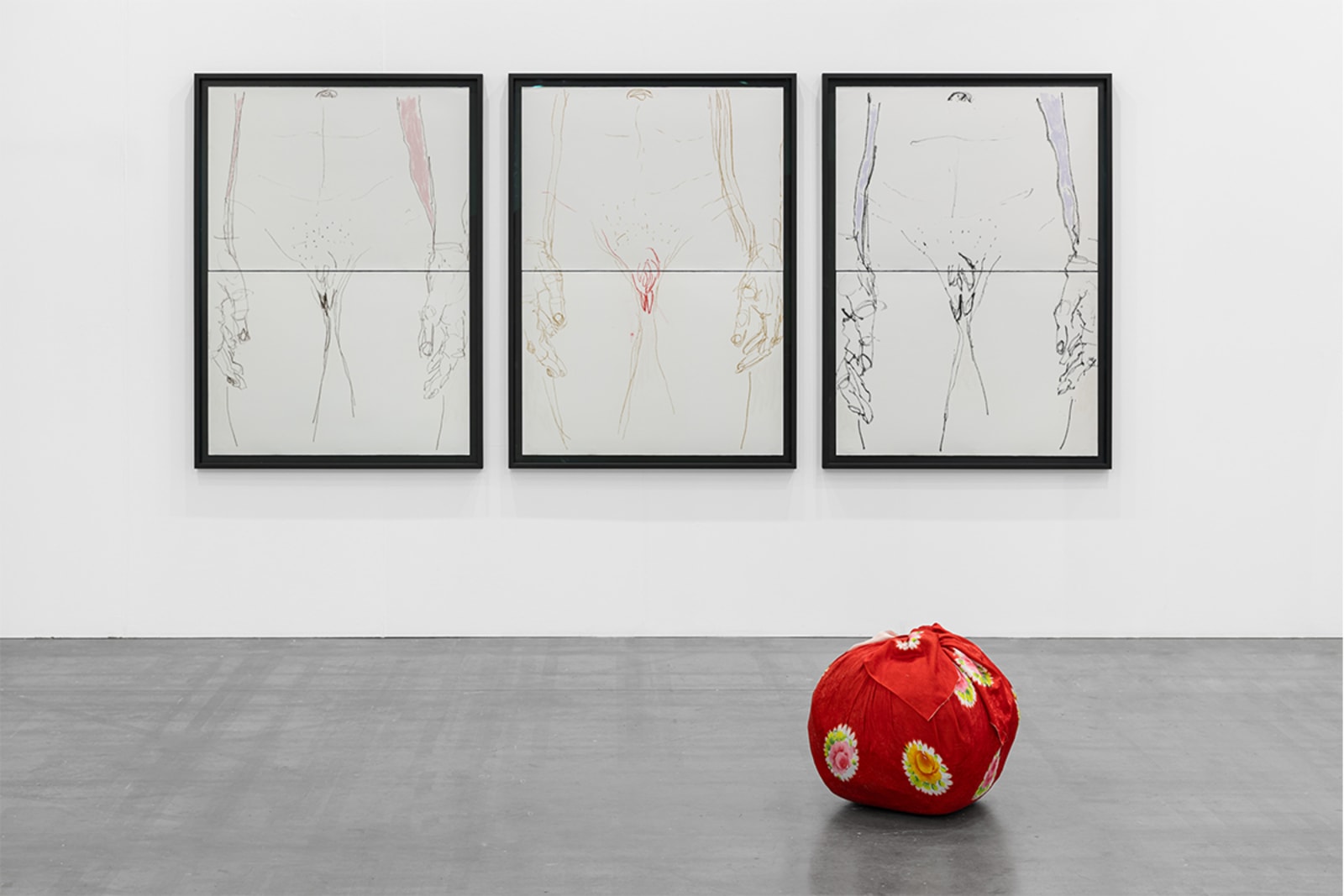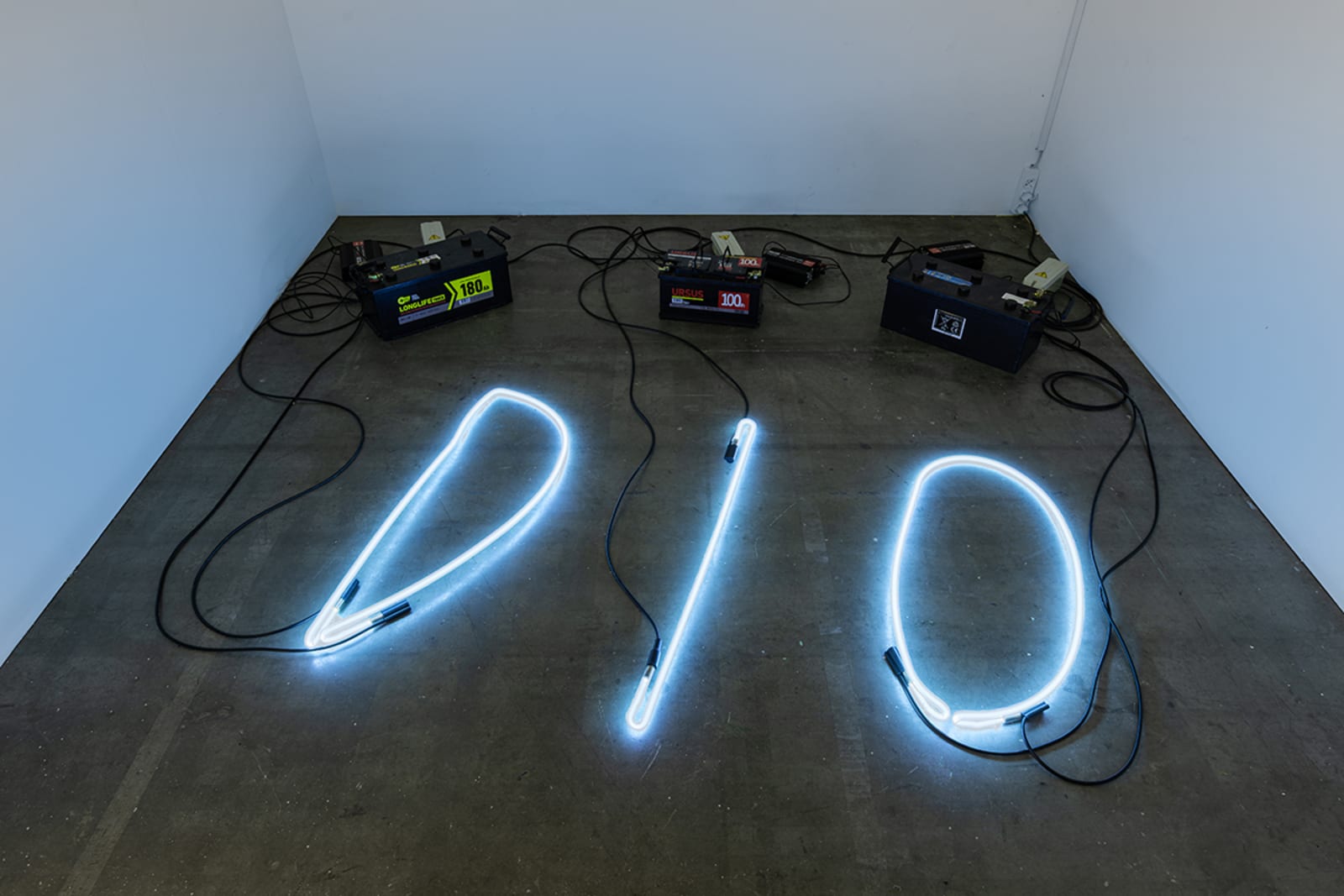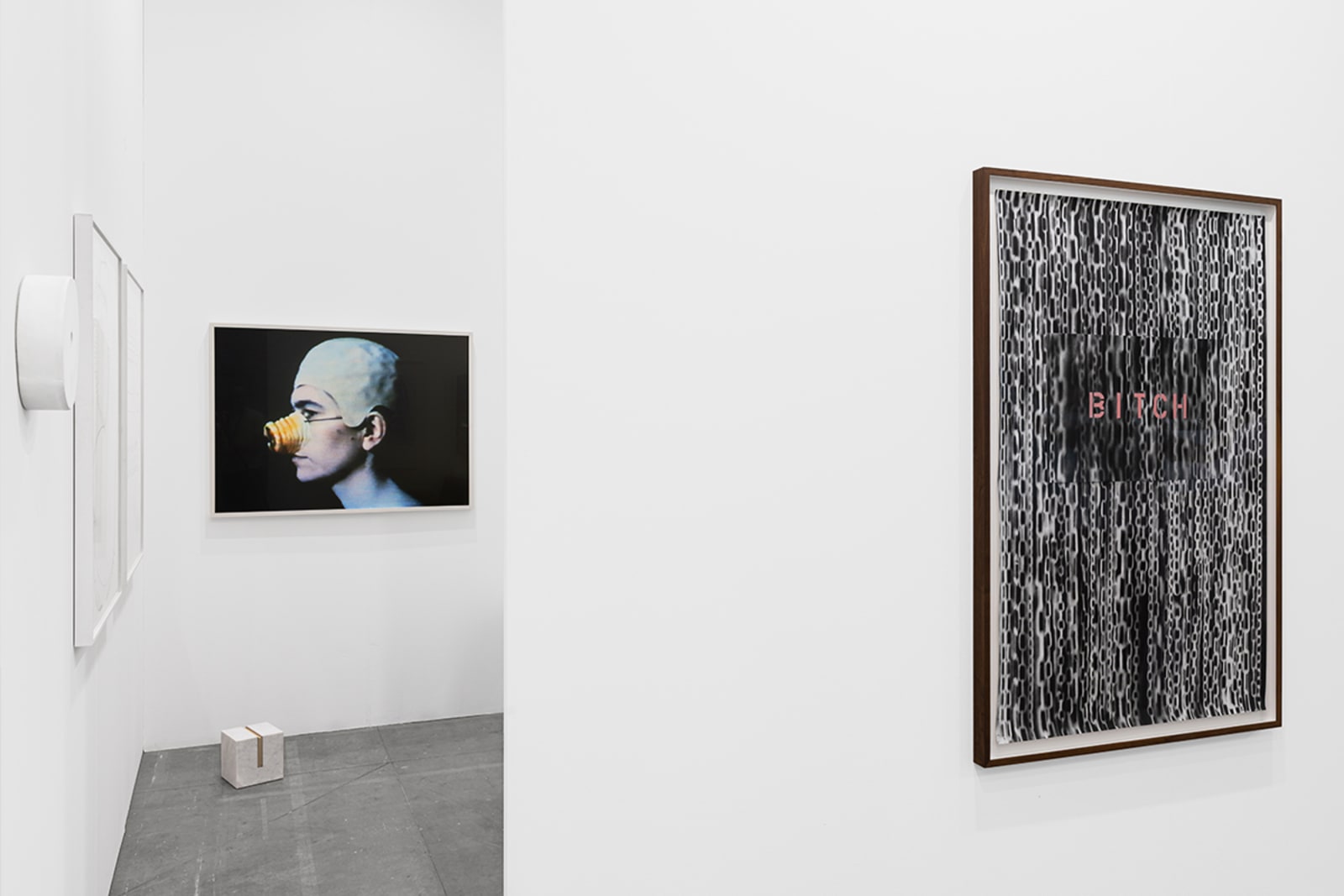Artissima 2025
31 October – 2 November 2025
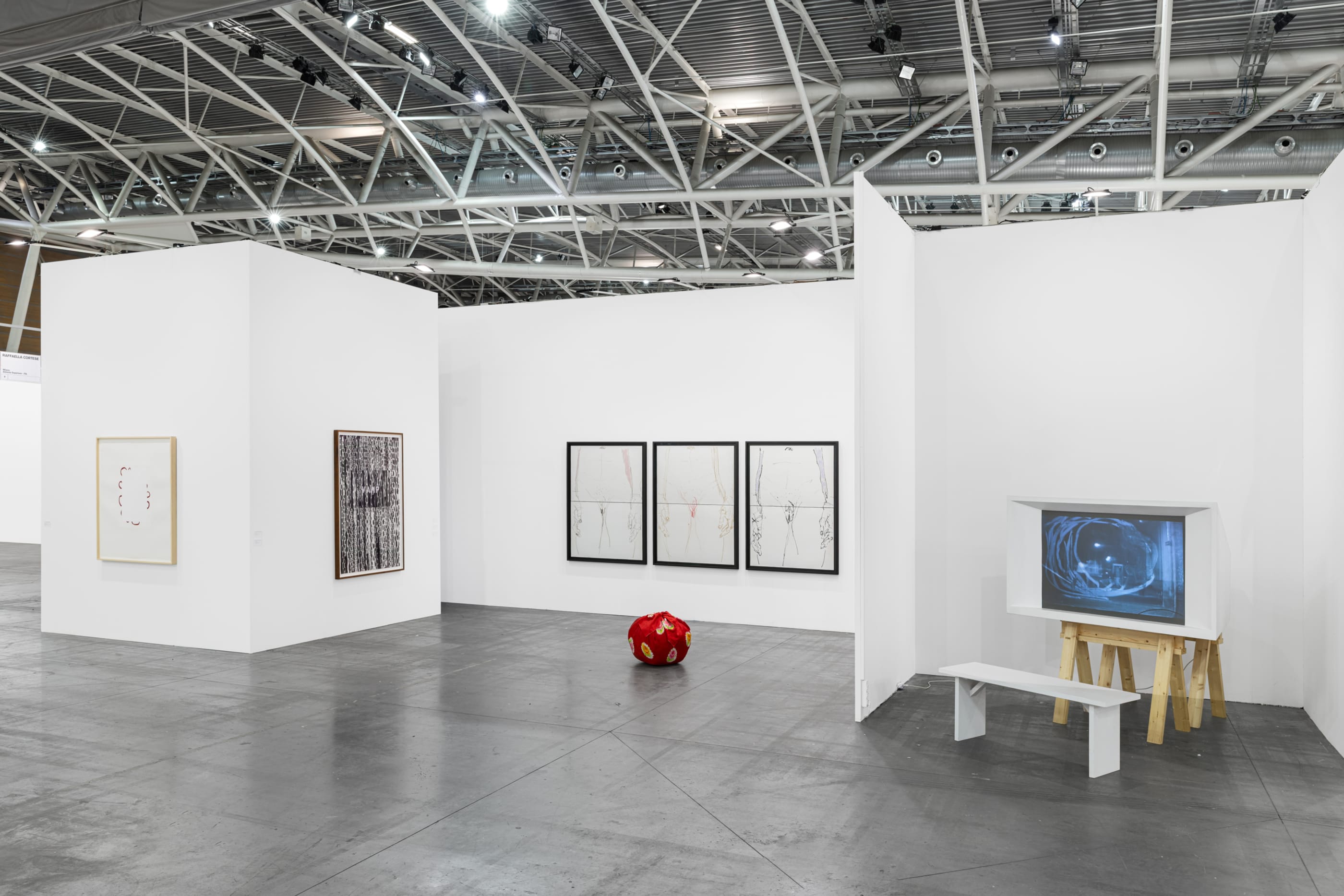
White Hall, Booth 9
Oval Lingotto, Turin
For its 30th consecutive participation in Artissima, Galleria Raffaella Cortese presents a booth in dialogue with the 2025 theme, inspired by Richard Buckminster Fuller’s Operating Manual for Spaceship Earth. Reflecting on collective responsibility, ecological awareness, and visionary thinking, the presentation brings together works by Gabrielle Goliath, Marcello Maloberti, Roni Horn, Yael Bartana, Francesco Arena, Monica Bonvicini, Kimsooja and Liliana Moro.
Images
